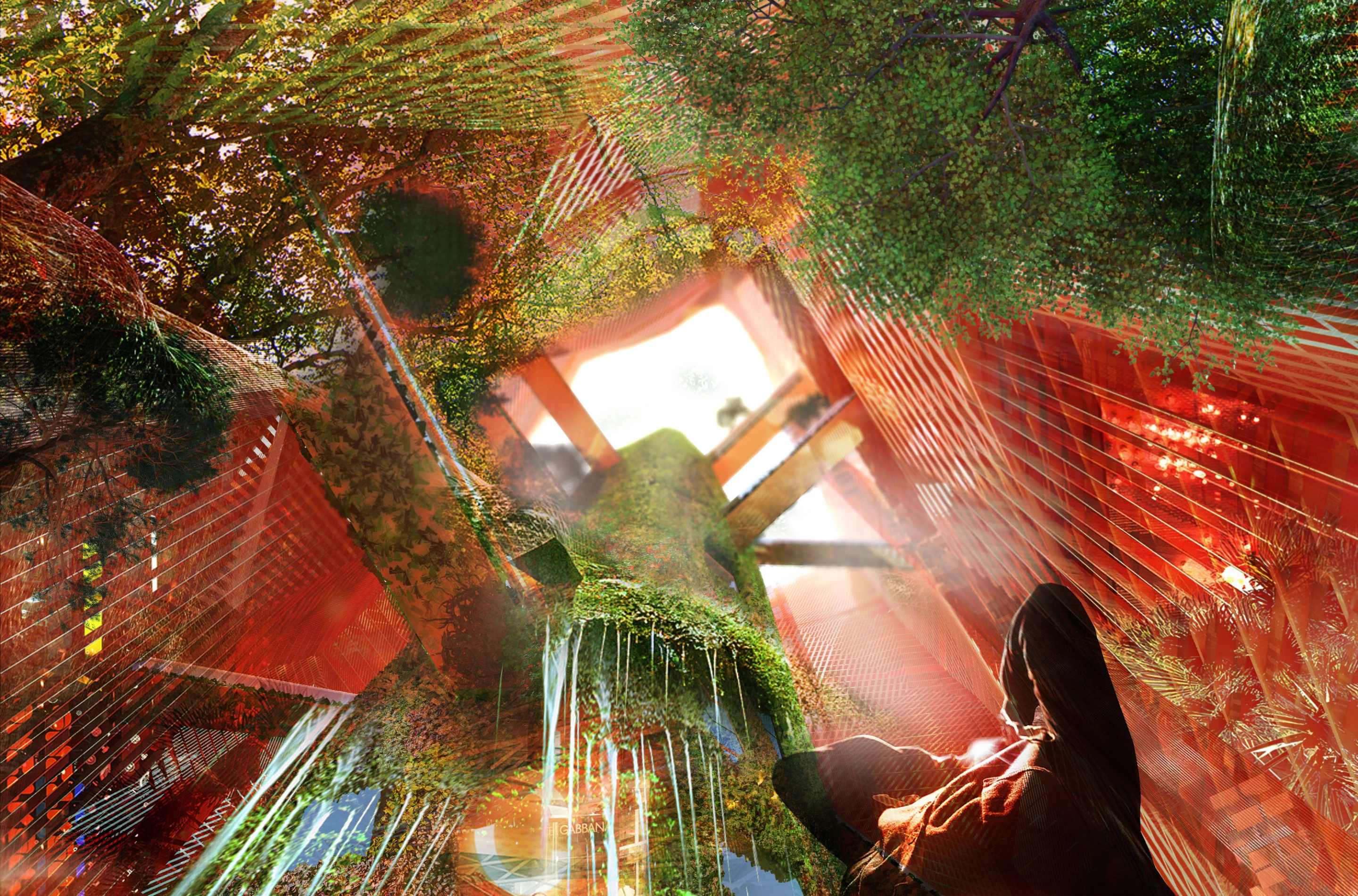Parisian architecture firm OXO Architectes, in association with Nicolas Laisné Associés, recently revealed its proposal for a futuristic mixed-use tower – or "vertical city" – that promotes sustainable high density living in the Sahara desert. The conceptual project calls for the tower to be run using renewable sources including rainwater collection, solar power, and geothermal energy.
Bringing to mind XTU Architects' vision for a sustainable city in the Sahara, City Sand Tower is also best taken with a pinch of salt and is unlikely to be built. According to the concept, it rises to a height of 450 m (1,476 ft) – or almost half a Burj Khalifa – but has a much larger footprint than the Dubai skyscraper, giving it a total floorspace of 78 hectares (192 acres).
Inside the building, OXO Architectes imagines a central inner tower covered with vegetation that serves as a vertical garden sheltered from the harsh desert conditions. Some 22 percent of City Sand Tower's usable floorspace is given over to offices, while a hotel and a total of 600 housing units make up 17.5 percent and 15 percent of available floorspace, respectively. Remaining space is taken up by a shopping center and conference rooms, sports area, museum, a spa, and a bar and restaurant. The tower also includes a meteorological observatory, while a heliport tops the building.

The sustainable technology slated for the build is very ambitious. According to the brief, up to 45,000 cubic meters (1,589,160 cubic ft) of rainwater would be collected annually in an area known for its aridity and used for various purposes. Most significantly, it would be injected roughly 4 km (2.4 miles) deep underground, at which point the earth's heat would turn the water into steam. This steam would then channeled to the surface somehow and used to power a generator that produces electricity and heats water for the tower's heating systems. The same rainwater would also be used to irrigate the internal vertical garden and for toilet needs, with greywater recycled too.
Additional power would come from solar panels and the interior temperature would be partly managed using natural ventilation.
The brief imagines work starting on the project in 2025, with construction phased over 50 years.
Source: OXO Architectes





















